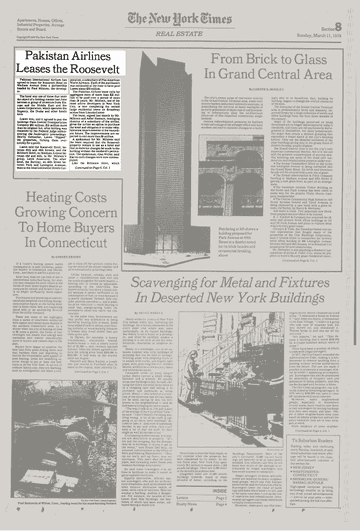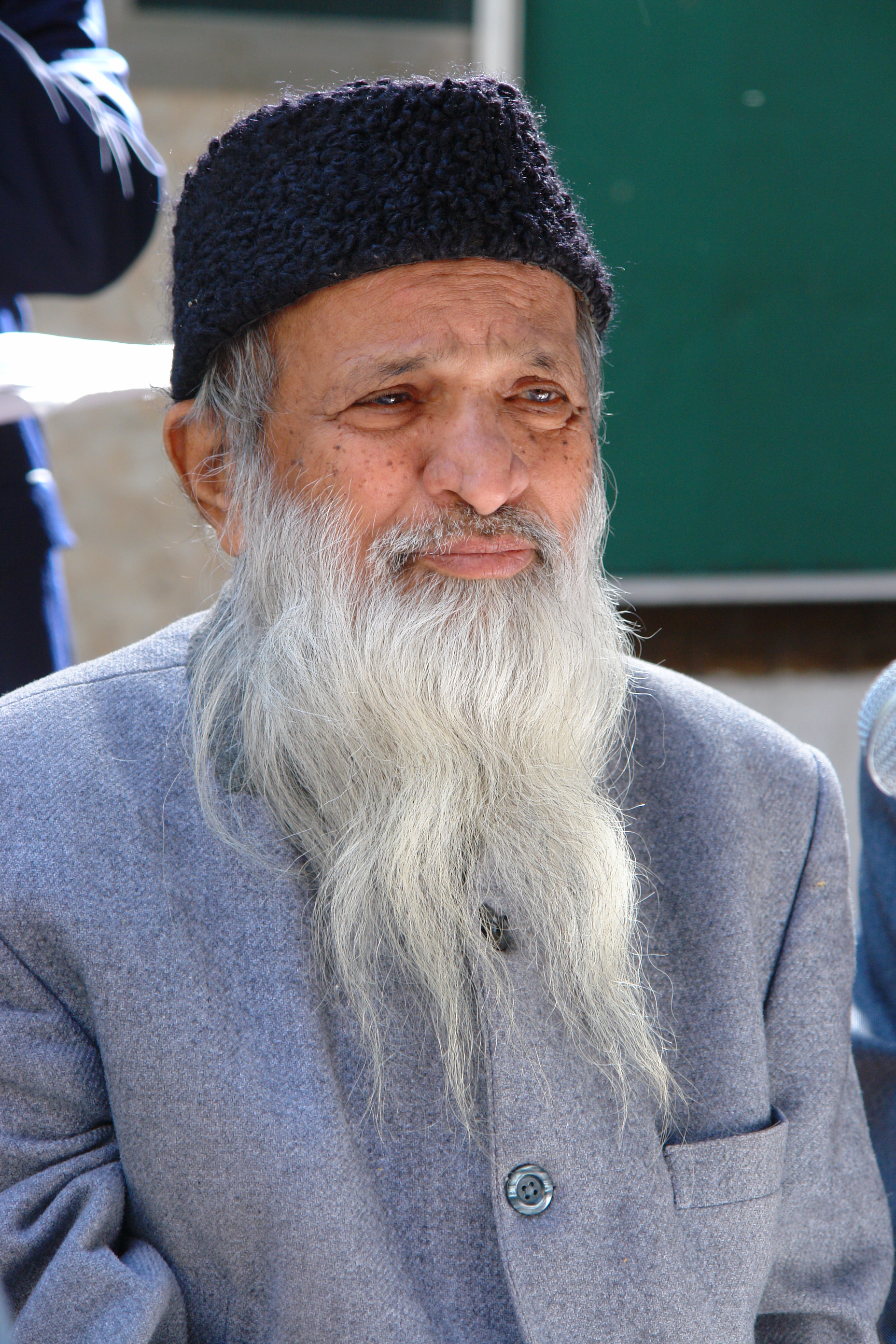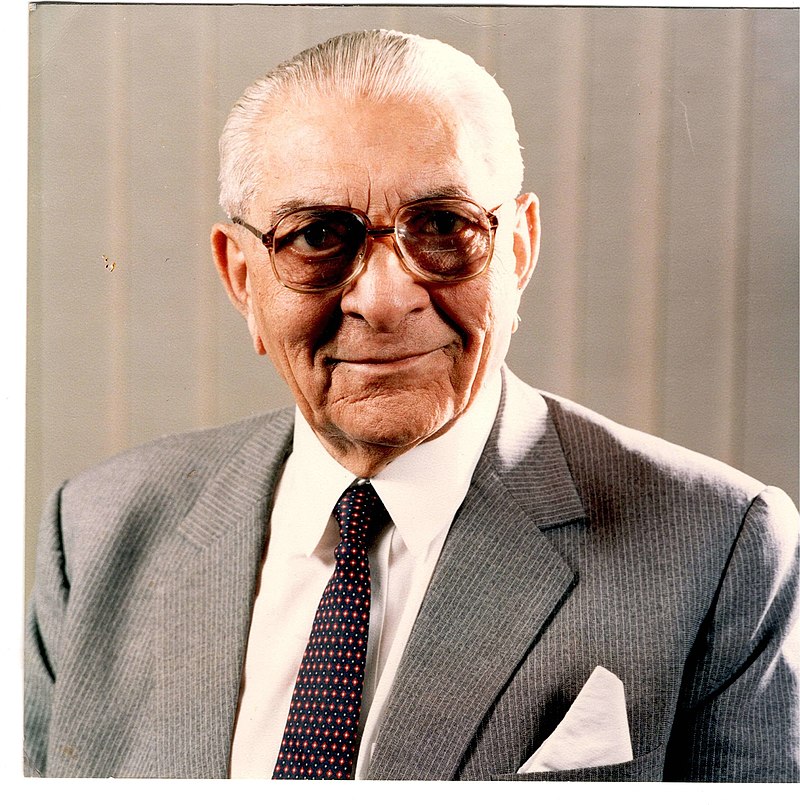Kamikaze Pilot
BANNED

- Joined
- Jan 16, 2013
- Messages
- 5,241
- Reaction score
- -66
- Country
- Location
Is it a parody?Zia-ul-Haq (12 August 1924 – 17 August 1988) was a Pakistani four-star general who became the sixth President of Pakistan after declaring martial law in 1977. He served as the head of state from 1978 until his death in 1988. He remains the country’s longest-serving head of state.
Muhammad Zia-ul-Haq
محمد ضیاء الحق
Muhammad Zia-ul-Haq (Pakistan president).jpg
Zia as president, circa 1985
6th President of Pakistan
In office
16 September 1978 – 17 August 1988
Prime Minister
Muhammad Khan Junejo
Preceded by
Fazal Ilahi Chaudhry
Succeeded by
Ghulam Ishaq Khan
Chief of Army Staff
In office
1 March 1976 – 17 August 1988
Preceded by
Tikka Khan
Succeeded by
Mirza Aslam Beg
Personal details
Born
12 August 1924
Jalandhar, Punjab, British India
(now in Punjab, India)
Died
17 August 1988 (aged 64)
Bahawalpur, Punjab, Pakistan
Cause of death
Airplane crash
Resting place
Faisal Mosque, Islamabad
Nationality
British Indian (1924–1947)
Pakistani (1947–1988)
Spouse(s)
Begum Shafiq Zia (1950–1988; his death)[1]
Children
5 (including Muhammad Ijaz-ul-Haq)
Alma mater
St. Stephen's College, Delhi
United States Army Command and General Staff College
Military service
Allegiance
British India
Pakistan
Branch/service
British Indian Army
Pakistan Army
Years of service
1943–1988
Rank
OF-9 Pakistan Army.svg General
Unit
22 Cavalry, Army Armoured Corps (PA – 1810)
Commands
2nd Independent Armoured Brigade
1st Armoured Division
II Strike Corps
Chief of Army Staff
Battles/wars
World War II
Indo-Pakistani War of 1965
Indo-Pakistani War of 1971
Soviet–Afghan War
Educated at Delhi University, Zia saw action in World War II as a British Indian Army officer in Burma and Malaya, before opting for Pakistan in 1947 and fighting as a tank commander in the Indo-Pakistani War of 1965. In 1970, he led a military training mission to Jordan, proving instrumental to defeating the Black September insurgency against King Hussein.[2] In recognition, Prime Minister Zulfikar Ali Bhutto appointed Zia Chief of Army Staff in 1976.[3] Following civil disorder, Zia deposed Bhutto in a military coup and declared martial law on 5 July 1977.[4] Bhutto was controversially tried by the Supreme Court and executed less than two years later, for allegedly authorising the murder of Nawab Muhammad Ahmed Khan Kasuri, a political opponent.[5]
Assuming the presidency in 1978, Zia played a major role in the Soviet–Afghan War. Backed by the United States and Saudi Arabia, Zia systematically coordinated the Afghan mujahideen against the Soviet occupation throughout the 1980s.[6][7] This culminated in the Soviet Union's withdrawal in 1989, but also led to the proliferation of millions of refugees, with heroin and weaponry into Pakistan's frontier province. On the foreign front, Zia also bolstered ties with China and the United States, and emphasised Pakistan's role in the Islamic world, while relations with India worsened amid the Siachen conflict and accusations that Pakistan was aiding the Khalistan movement. Domestically, Zia passed broad-ranging legislation as part of Pakistan's Islamization, curbed civil liberties, and heightened press censorship.[8] He also escalated Pakistan's atomic bomb project, and instituted industrialisation and deregulation, helping Pakistan's economy become the fastest-growing in South Asia.[9] Averaged over Zia's rule, GDP growth was the highest in the country's history.[10]
After lifting martial law and holding non-partisan elections in 1985, Zia appointed Muhammad Khan Junejo Prime Minister but accumulated more presidential powers via the Eighth Amendment to the Constitution.[11] After Junejo signed the Geneva Accords in 1988 against Zia's wishes, and called for an inquiry into the Ojhri Camp disaster, Zia dismissed Junejo's government and announced fresh elections in November 1988. He was killed along with several of his top military officials and two American diplomats in a mysterious plane crash near Bahawalpur on 17 August 1988. To this day, Zia remains a polarising figure in Pakistan's history, credited for preventing wider Soviet incursions into the region as well as economic prosperity, but decried for weakening democratic institutions and passing laws encouraging religious intolerance.[12][13] He is also cited for promoting the early political career of Nawaz Sharif, who would be thrice elected Prime Minister.[14][15]
- PRTP GWD











